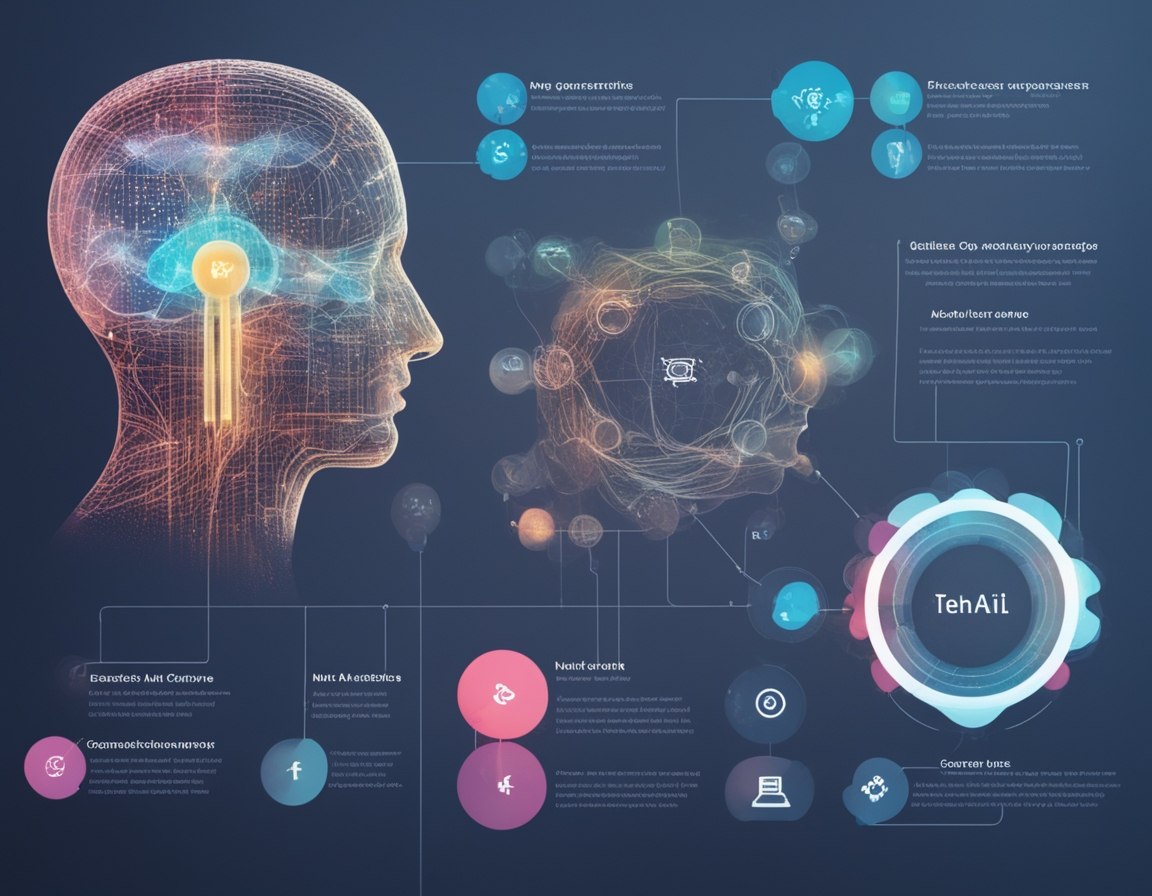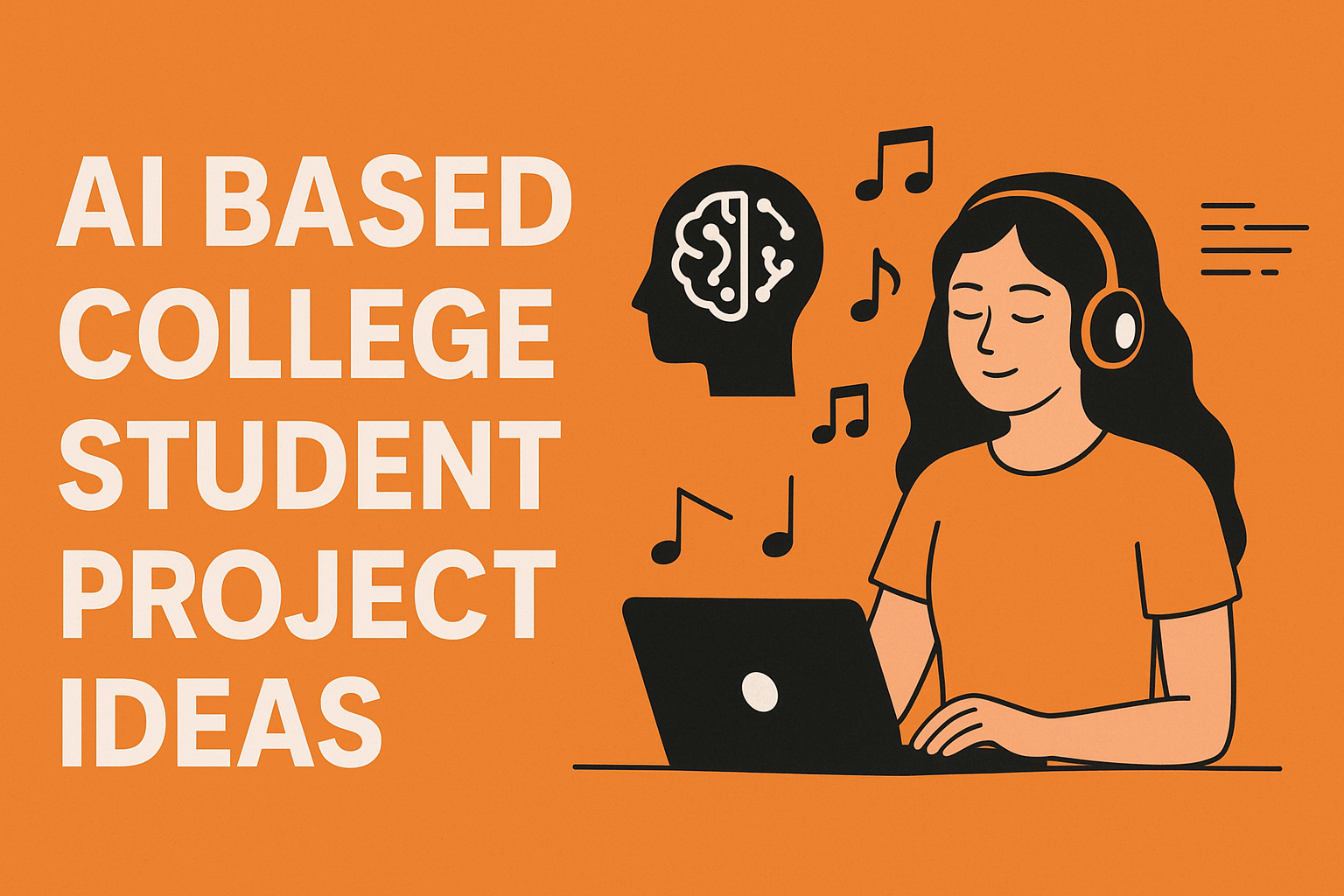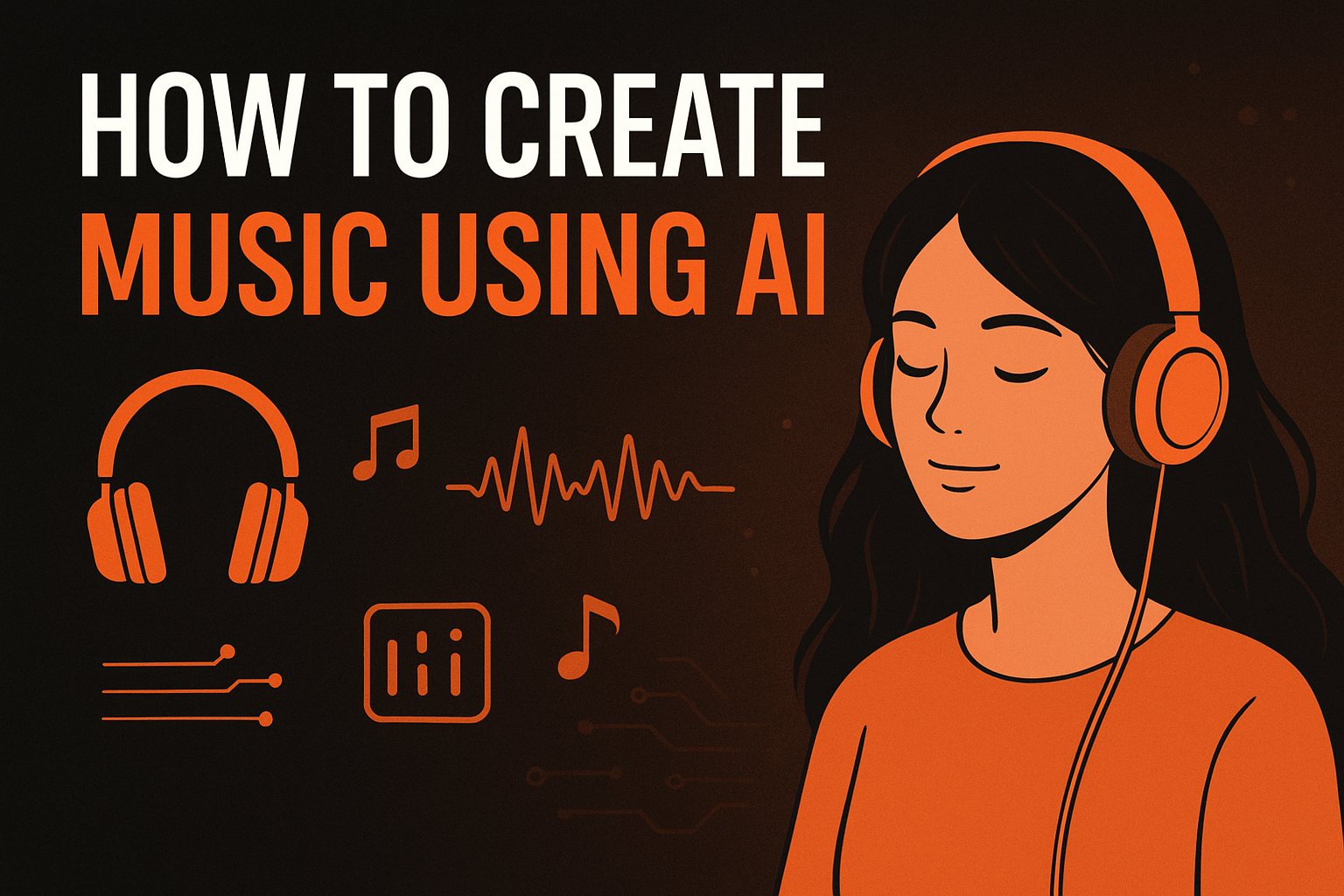Generative AI, the futuristic technology conjuring images of AI-written novels and hyper-realistic portraits, is no longer sci-fi fantasy. It’s rapidly evolving, shaping our world in ways both subtle and profound. But before you jump into this creative revolution, understanding the language is crucial. So, let’s delve into the core terms that unlock the fascinating realm of generative AI.
1. The Creative Powerhouse: Models and Architectures
- Generative Models: These are the engines driving the creation. They learn from vast amounts of data, understanding patterns and relationships to generate new, unique content. Think of them as artists trained on centuries of masterpieces, now able to craft their visions.
- Neural Networks: The underlying fabric of most generative models. Imagine interconnected cells mimicking the human brain, processing information and learning through layers. Different architectures, like Transformers and Generative Adversarial Networks (GANs), specialize in specific tasks, shaping the creative process.
- Autoencoders and VAEs: These models learn data representations for efficient compression and reconstruction. Think of them as summarizing a book’s essence in a single sentence, then recreating the story from that summary. They play a crucial role in generating consistent and coherent outputs.
2. Shaping the Canvas: Prompts and Conditioning
- Prompts: These are the starting points for your AI muse. Words, images, or even melodies can guide the model, influencing the direction and style of its creation. Imagine providing a paintbrush and color palette to an artist; prompts set the initial conditions for the masterpiece.
- Conditional Generation: This takes prompts further, allowing us to specify details and constraints. Imagine adding “historical fiction” or “impressionistic style” to your prompt, refining the AI’s creative direction. Conditional generation makes outputs more tailored and relevant.
3. The Palette of Possibilities: Content Types
- Text Generation: The most prevalent form, with models like GPT-3 crafting everything from poems to scripts. Imagine having a boundless library of words whispered by AI authors, ready to paint stories onto the blank page.
- Image Generation: AI artists are now producing hyper-realistic landscapes and fantastical creatures, and even adapting your portraits into different artistic styles. It’s like having a digital Michelangelo at your fingertips, sculpting pixels into breathtaking visuals.
- Audio and Music Generation: AI composers are creating original melodies and orchestrations, blurring the line between human and machine-made music. Imagine symphonies born not from sheet music, but from algorithms dancing with emotions.
- Code Generation: AI can now write lines of code, automating tasks and accelerating software development. Think of it as having a helpful programming assistant, taking your ideas and translating them into functional code.
4. Beyond the Brushstrokes: Ethical Considerations
- Bias and Fairness: Generative models trained on biased data can perpetuate stereotypes and inequalities. We need to ensure these models reflect diversity and inclusivity, not amplify existing prejudices.
- Control and Ownership: Who owns the AI-generated content? Can it be copyrighted? These questions are still being debated, requiring frameworks that protect both creators and the technology itself.
- Misinformation and Deepfakes: The ability to generate realistic content carries the risk of creating sophisticated lies. We need robust safeguards to distinguish genuine content from AI-fabricated realities.
5. The Future Canvas: Beyond Today’s Masterpieces
Generative AI is a rapidly evolving field, with new possibilities emerging every day. We can expect:
- Personalized Content: Imagine AI creating stories and artworks tailored to your preferences, a tailor-made entertainment experience.
- Interactive AI Collaborations: We can envision scenarios where humans and AI co-create, artists and models partnering to craft truly unique masterpieces.
- Beyond Traditional Media: Generative AI may revolutionize fields like architecture, product design, and even scientific discovery, with AI tools suggesting innovative solutions and pushing the boundaries of imagination.
Understanding these key terms is just the first step. As you explore the world of generative AI, remember this: the brush is in your hands, but the AI serves as a collaborator, an extension of your creative vision. Embrace the possibilities, grapple with the challenges, and together, let’s paint a future as brilliant and diverse as the human imagination itself.




